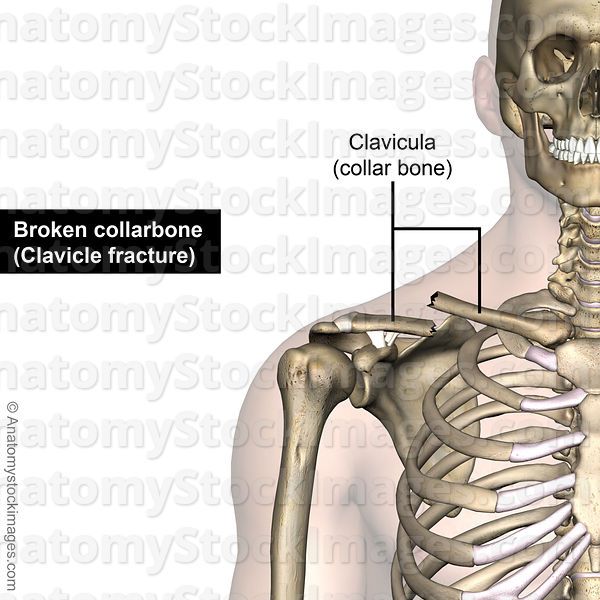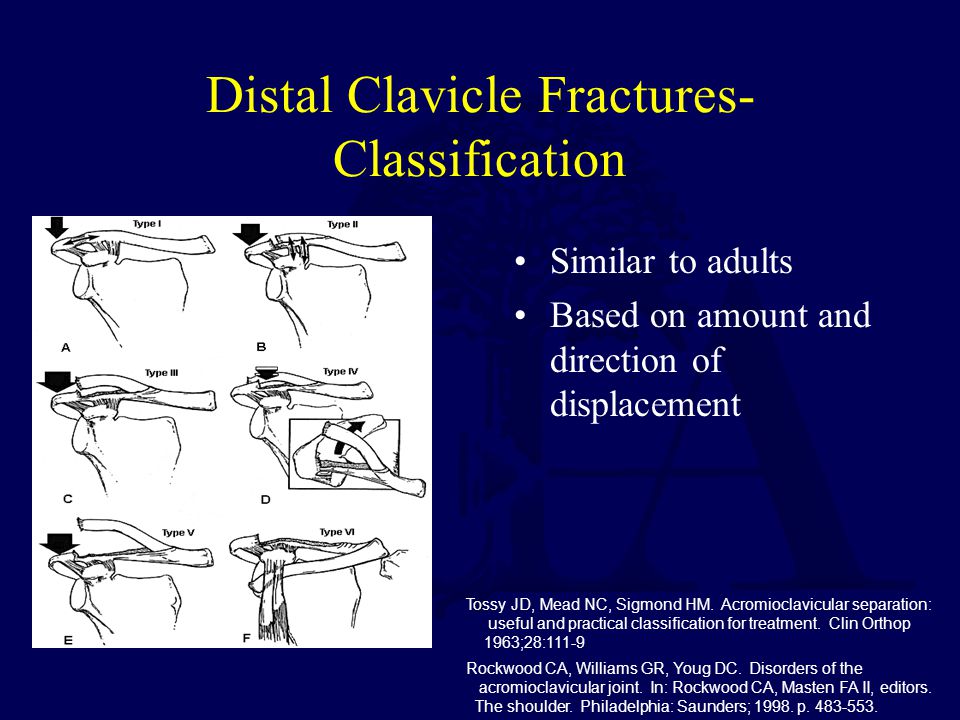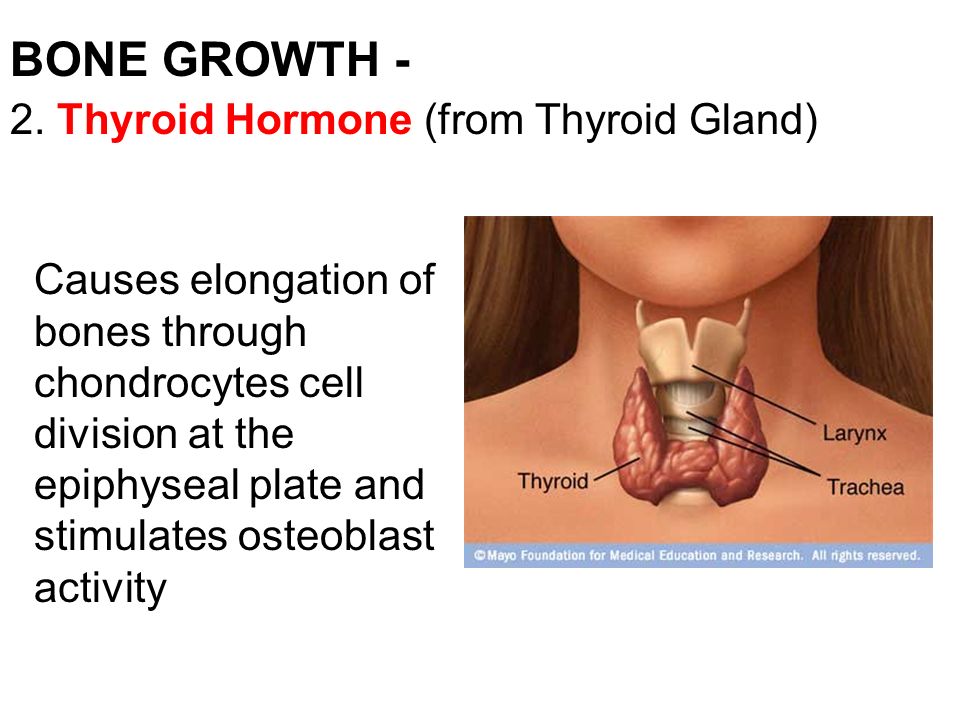What Does a Fractured Collarbone Feel Like: Symptoms and Treatment of Broken Clavicle
What are the common symptoms of a broken collarbone. How is a fractured clavicle diagnosed and treated. What are the potential complications of a collarbone fracture. When should you seek medical attention for a suspected broken clavicle.
Understanding Collarbone Fractures: Types and Causes
A collarbone fracture, also known as a clavicle fracture, is a break in the bone that runs horizontally between the shoulder blade and the top of the breastbone. These fractures most commonly occur in the middle of the bone, though they can also happen at either end.
Collarbone fractures are classified into three main groups based on location:
- Group I fractures (midshaft): Occur in the middle third of the bone where it’s flattest and thinnest. These make up the majority of clavicle fractures.
- Group II fractures (lateral/distal): Happen furthest from the body’s center, near the bony prominence at the top of the shoulder. These account for 21-28% of clavicle fractures.
- Group III fractures (medial): The least common type, occurring closer to the neck and making up only 2-4% of all clavicle fractures.
What causes a collarbone fracture? These injuries frequently result from:

- Direct impact to the shoulder
- Falls
- Accidents
- Sports-related injuries
Collarbone fractures are particularly common in children and adolescents due to their active lifestyles and developing bone structure.
Recognizing the Symptoms of a Broken Collarbone
How can you tell if you’ve fractured your collarbone? The symptoms of a broken clavicle are often quite noticeable and may include:
- Pain, especially when trying to move the arm
- Swelling around the collarbone area
- A sagging or drooping shoulder
- Difficulty moving the arm or shoulder
- A visible deformity or bump at the fracture site
- Bruising or discoloration
- A grinding or crackling sensation when attempting to raise the arm
In some cases, the broken bone may push against the skin, creating a visible protrusion. Rarely, it may even break through the skin, resulting in an open fracture which requires immediate medical attention.
Diagnosing a Collarbone Fracture: What to Expect
If you suspect a collarbone fracture, it’s crucial to seek medical attention promptly. How do healthcare providers diagnose a broken clavicle?

- Physical examination: The doctor will carefully inspect and palpate the affected area, checking for deformity, swelling, and tenderness.
- Range of motion tests: You may be asked to perform gentle movements to assess the extent of impairment.
- Imaging studies: X-rays are typically used to confirm the diagnosis and determine the fracture’s location and severity. In some cases, CT scans or MRI might be ordered for more detailed imaging.
These diagnostic steps help healthcare providers determine the most appropriate treatment plan for your specific injury.
Treatment Options for a Fractured Collarbone
How is a broken collarbone treated? The approach depends on the fracture’s location, severity, and whether the bone fragments are displaced. Treatment options include:
Non-surgical Treatment
Most collarbone fractures can be treated without surgery. Non-surgical approaches may include:
- Arm sling or figure-8 bandage to immobilize the arm and support the fracture
- Pain medication to manage discomfort
- Ice therapy to reduce swelling and pain
- Physical therapy exercises once healing begins
Surgical Treatment
In some cases, surgery may be necessary. When might a doctor recommend surgical intervention for a collarbone fracture?

- Severely displaced fractures
- Open fractures where the bone has broken through the skin
- Fractures that haven’t healed properly with non-surgical treatment
- Multiple fractures or comminuted (shattered) fractures
Surgical procedures may involve the use of pins, plates, or screws to realign and stabilize the broken bone fragments.
Recovery and Rehabilitation After a Collarbone Fracture
What does the recovery process look like for a broken collarbone? The healing timeline can vary depending on the fracture’s severity and the chosen treatment method. However, most collarbone fractures heal within 6 to 12 weeks.
During the recovery period, patients may need to:
- Wear a sling or brace for several weeks
- Avoid lifting heavy objects or participating in contact sports
- Attend physical therapy sessions to regain strength and range of motion
- Gradually return to normal activities as directed by their healthcare provider
It’s important to follow your doctor’s instructions carefully to ensure proper healing and prevent complications.

Potential Complications of Collarbone Fractures
While most collarbone fractures heal without incident, there are potential complications to be aware of. What are some possible complications of a broken clavicle?
- Malunion: The bone heals in an incorrect position, potentially causing pain or limited function
- Nonunion: The fracture fails to heal properly
- Persistent bump or deformity at the fracture site
- Shoulder weakness or limited range of motion
- Osteoarthritis in nearby joints
- Nerve or blood vessel damage (rare)
Regular follow-up appointments with your healthcare provider can help monitor healing progress and address any potential complications early on.
When to Seek Medical Attention for a Suspected Collarbone Fracture
How do you know when it’s time to see a doctor for a possible collarbone fracture? Seek immediate medical attention if you experience:
- Severe pain or swelling in the collarbone area following an injury
- Difficulty moving your arm or shoulder
- A visible deformity or protrusion in the collarbone region
- Numbness, tingling, or coldness in the affected arm or hand
- Any signs of an open fracture (bone protruding through the skin)
Additionally, contact your healthcare provider if you develop any of these symptoms during the recovery process:

- Fever of 100.4°F (38°C) or higher
- Worsening pain or swelling
- Discharge from any open wounds or incisions
- New or unusual symptoms
Prompt medical attention can help ensure proper diagnosis and treatment, reducing the risk of complications and promoting optimal healing.
Prevention Strategies for Collarbone Fractures
While not all collarbone fractures can be prevented, there are steps you can take to reduce your risk. How can you protect yourself from clavicle injuries?
- Wear appropriate protective gear during sports and high-risk activities
- Practice proper falling techniques in sports like cycling or skiing
- Strengthen the muscles around your shoulders and upper body
- Maintain good bone health through proper nutrition and exercise
- Use caution when walking on slippery or uneven surfaces
- Ensure your home and workplace are free from tripping hazards
By taking these precautions, you can help minimize your risk of experiencing a collarbone fracture and other upper body injuries.
Living with a Collarbone Fracture: Tips for Daily Activities
Recovering from a broken collarbone can be challenging, especially when it comes to everyday tasks. How can you manage daily activities while healing from a clavicle fracture?

- Use pillows to prop up your arm while sleeping or resting
- Wear button-up shirts or loose-fitting tops to make dressing easier
- Use a shower chair or handheld showerhead to maintain hygiene safely
- Ask for help with tasks that require lifting or reaching
- Consider using adaptive tools like long-handled reachers or grabbers
- Practice good posture to avoid unnecessary strain on the healing bone
Remember to follow your healthcare provider’s guidelines regarding activity restrictions and gradually increase your activity level as your fracture heals.
Long-term Outlook for Collarbone Fracture Patients
What can patients expect in the long run after a collarbone fracture? The prognosis for most clavicle fractures is generally good, with many patients regaining full function and experiencing minimal long-term effects. However, the outcome can vary depending on factors such as:
- The severity and location of the fracture
- The chosen treatment method
- The patient’s age and overall health
- Adherence to the prescribed treatment and rehabilitation plan
Some patients may experience persistent symptoms such as:

- Mild pain or discomfort during certain activities
- A visible bump or deformity at the fracture site
- Slight limitation in range of motion or strength
In most cases, these issues are minor and do not significantly impact daily life. However, if you experience ongoing problems after your collarbone fracture has healed, it’s important to discuss them with your healthcare provider.
Advances in Collarbone Fracture Treatment
Medical research continues to improve our understanding and treatment of collarbone fractures. What are some recent advances in this field?
- Minimally invasive surgical techniques: These approaches can lead to smaller incisions, less tissue damage, and potentially faster recovery times.
- Improved fixation devices: New designs in plates, screws, and pins offer better stability and may reduce the risk of complications.
- 3D printing technology: Custom-made implants tailored to a patient’s specific anatomy are becoming more accessible.
- Enhanced rehabilitation protocols: Updated physical therapy techniques aim to optimize recovery and reduce the risk of long-term complications.
- Biological augmentation: The use of growth factors or stem cells to potentially enhance bone healing is an area of ongoing research.
These advancements offer promising options for improving outcomes in collarbone fracture treatment, particularly for complex cases or those that don’t respond well to traditional methods.
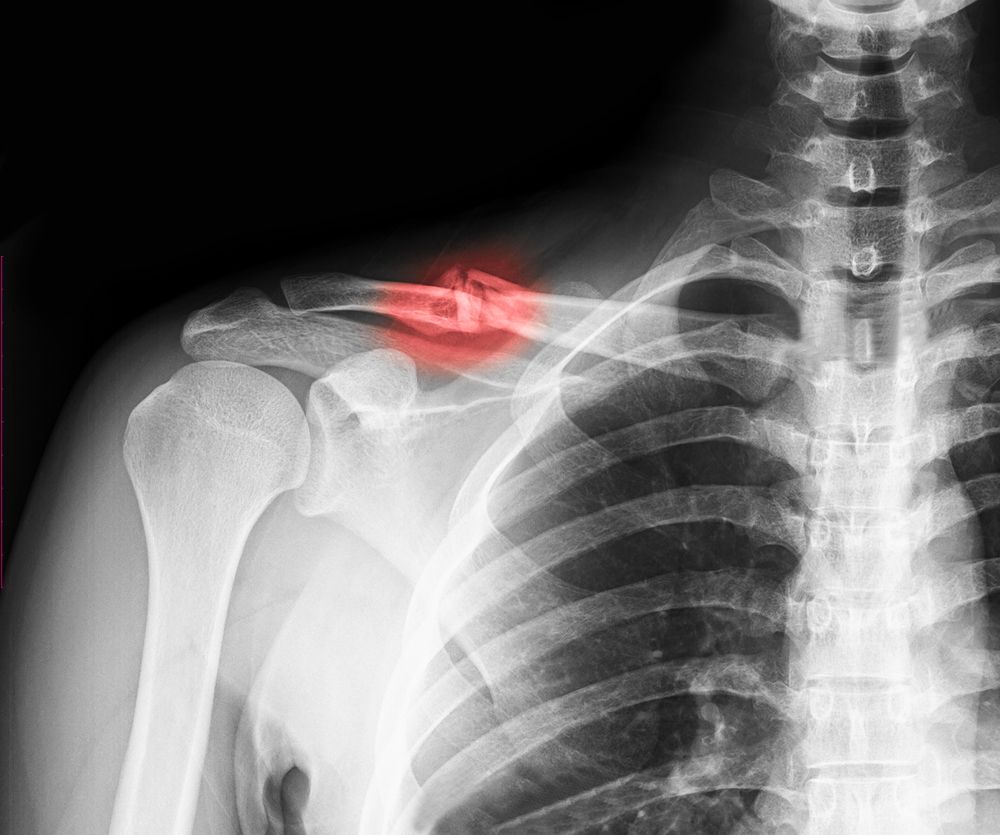
Collarbone Fractures in Different Age Groups
How does a collarbone fracture affect different age groups? The impact and treatment of clavicle fractures can vary depending on the patient’s age:
Children and Adolescents
Collarbone fractures are common in children due to their active lifestyles and developing bones. In this age group:
- Fractures often heal quickly and completely
- Non-surgical treatment is usually sufficient
- The bone’s natural remodeling process can correct minor deformities over time
Adults
In adults, collarbone fractures may require more intensive treatment:
- Healing time may be longer compared to children
- Surgical intervention is more likely, especially for displaced fractures
- Return to work and daily activities may be delayed
Older Adults
Elderly patients with collarbone fractures face unique challenges:
- Increased risk of complications due to osteoporosis or other health conditions
- Longer healing times
- Greater impact on independence and daily activities
- Need for careful consideration of treatment options to balance risks and benefits
Understanding these age-related differences helps healthcare providers tailor treatment plans to each patient’s specific needs and circumstances.

Emotional and Psychological Aspects of Collarbone Fractures
While the physical aspects of a collarbone fracture are well-documented, the emotional and psychological impact is often overlooked. How can a broken clavicle affect a person’s mental well-being?
- Frustration with limited mobility and independence
- Anxiety about the healing process and potential long-term effects
- Depression related to pain, lifestyle changes, or missed activities
- Body image concerns, especially if there’s a visible deformity
- Stress about work or financial implications of the injury
Coping strategies for managing these emotional challenges may include:
- Seeking support from friends, family, or support groups
- Practicing stress-reduction techniques like meditation or deep breathing
- Engaging in permitted activities that bring joy and distraction
- Communicating openly with healthcare providers about emotional concerns
- Considering professional counseling if emotional distress persists
Addressing both the physical and emotional aspects of recovery can contribute to a more positive overall healing experience for collarbone fracture patients.

Что такое перелом ключицы | Saint Luke’s Health System
Перелом ключицы — это перелом ключицы. Эта кость проходит горизонтально от лопатки до вершины грудины. Переломы ключицы чаще всего происходят посередине кости. Реже они возникают на концах кости. Кость может треснуть или расколоться на 2 или более частей. Части могут быть выстроены в линию или они могут быть перемещены не на свои места. Иногда кость может прорваться через кожу. В зависимости от того, насколько сильно сломана кость, заживление может занять несколько месяцев или дольше.
Что вызывает перелом ключицы?
Часто встречаются переломы ключицы, особенно у детей и подростков. Они часто возникают в результате удара по плечу. Они также могут быть вызваны падением, несчастным случаем или спортивной травмой.
Симптомы перелома ключицы
Симптомы могут включать в себя:
ПАН
Отек
- .0016
Провисание плеча
Натянутая кожа, деформация или бугорок, которые можно увидеть или прощупать в месте перелома кости рука или плечо
Лечение перелома ключицы
Лечение зависит от того, где сломана кость и насколько серьезен перелом. При необходимости кость возвращается на место. Это может быть сделано с хирургическим вмешательством или без него. Если необходима операция, хирург может использовать такие приспособления, как штифты, пластины или винты, чтобы удерживать кость вместе. Вам может понадобиться повязка или эластичный бинт, чтобы удерживать кость на месте и защищать ее от травм во время заживления. Другие методы лечения также могут быть использованы для облегчения симптомов или восстановления функции. К ним относятся:
При необходимости кость возвращается на место. Это может быть сделано с хирургическим вмешательством или без него. Если необходима операция, хирург может использовать такие приспособления, как штифты, пластины или винты, чтобы удерживать кость вместе. Вам может понадобиться повязка или эластичный бинт, чтобы удерживать кость на месте и защищать ее от травм во время заживления. Другие методы лечения также могут быть использованы для облегчения симптомов или восстановления функции. К ним относятся:
Холодные пакеты. Прикладывание пакета со льдом к поврежденному участку может помочь уменьшить отек, кровоподтеки и боль.
Обезболивающие. Рецептурные или безрецептурные обезболивающие могут помочь уменьшить боль и отек.
Ограничения на активность. Возможно, вам придется избегать подъема или вождения автомобиля, а также движений, таких как протягивание и вытягивание, до тех пор, пока кость не заживет.
Упражнения.
 Вам могут дать определенные упражнения для выполнения дома или с физиотерапевтом. Они помогают улучшить силу, гибкость и диапазон движений в поврежденной руке и плече.
Вам могут дать определенные упражнения для выполнения дома или с физиотерапевтом. Они помогают улучшить силу, гибкость и диапазон движений в поврежденной руке и плече.
Возможные осложнения перелома ключицы
Они могут включать:
Плохое срастание кости
Шишка, которую можно увидеть или почувствовать даже после того, как кость срослась
2,3 Слабость
6
или потеря объема движений в руке и плече
Остеоартрит суставов с обеих сторон
Когда звонить своему поставщику медицинских услуг
Немедленно позвоните своему поставщику медицинских услуг, если у вас есть какие-либо из следующих симптомов:
Лихорадка 100,4°F (38°C) или выше или в соответствии с указаниями
ухудшение
Онемение, покалывание, похолодание или припухлость руки, кисти или пальцев выделения из любых открытых ран или разрезов
Новые симптомы
Переломы ключицы: виды и симптомы
Переломы ключицы (ключицы) обычно видны сразу и видны сквозь кожу. В большинстве случаев операция не требуется.
В большинстве случаев операция не требуется.
Медицинские работники обычно классифицируют переломы ключицы на три группы:
- Переломы I группы происходят в средней трети кости, где она плоская и тонкая. Эти переломы, иногда называемые переломами середины диафиза, составляют большинство переломов ключицы и обычно лечатся без хирургического вмешательства.
- Переломы группы II, называемые латеральными или дистальными переломами, происходят дальше всего от центра тела и вблизи акромиона (костного отростка в верхней части плеча). Эти переломы составляют от 21 до 28% переломов ключицы.
1
Самбандам Б., Гупта Р., Кумар С., Майни Л. Перелом дистального конца ключицы: обзор. Дж. Клин, ортопедическая травма. 2014;5(2):65-73.
хотя некоторые считают, что этот процент ниже. Лечение может включать или не включать хирургическое вмешательство. - Переломы III группы, называемые медиальными переломами, встречаются реже и составляют от 2 до 4% всех переломов ключицы.

2
Слоан А.Г., Хоукрофт Д., Вайкс П.Р. Оперативное лечение медиальных переломов ключицы: Альтернативная хирургическая техника. Травма доп. Отделение травматологии и медицины Ортопедия, Королевская больница Болтона, Ланкашир, Великобритания. 2008 г.; 39, 270-272.
Они возникают ближе к шее. Лечение может включать или не включать хирургическое вмешательство.
Хирургическое вмешательство обычно рекомендуется только в том случае, если необходимо вернуть костные фрагменты в их правильное анатомическое положение.
См. Хирургия перелома ключицы (сломанная ключица)
реклама
Что такое ключица?
Ключица (или ключица) представляет собой длинную тонкую кость у основания шеи. Эта жесткая опора расположена между лопаткой (лопаткой) и грудиной (грудной клеткой).
Ключица выполняет несколько функций:
- Соединяет руку с осевым скелетом или туловищем тела.
- Помогает движению и безопасности верхней части тела.

- Она вместе с подключичной мышцей (грудной мышцей) покрывает и помогает защитить нервы и кровеносные сосуды, лежащие под ней.
Переломы ключицы часто возникают у детей и взрослых в возрасте до 25 лет из-за развития костей, спортивных травм и других травм. Переломы ключицы также чаще встречаются у пожилых людей, у которых, как правило, снижена костная масса.
В этой статье:
Переломы ключицы: виды и симптомы
Диагностика и причины перелома ключицы
Лечение перелома ключицы
Признаки и симптомы перелома ключицы
Перелом ключицы обычно сопровождается сильной болью и затруднением движения руки. Ключичная кость лежит прямо под кожей, поэтому перелом обычно вызывает явный выступ или бугорок в месте перелома, а также отек.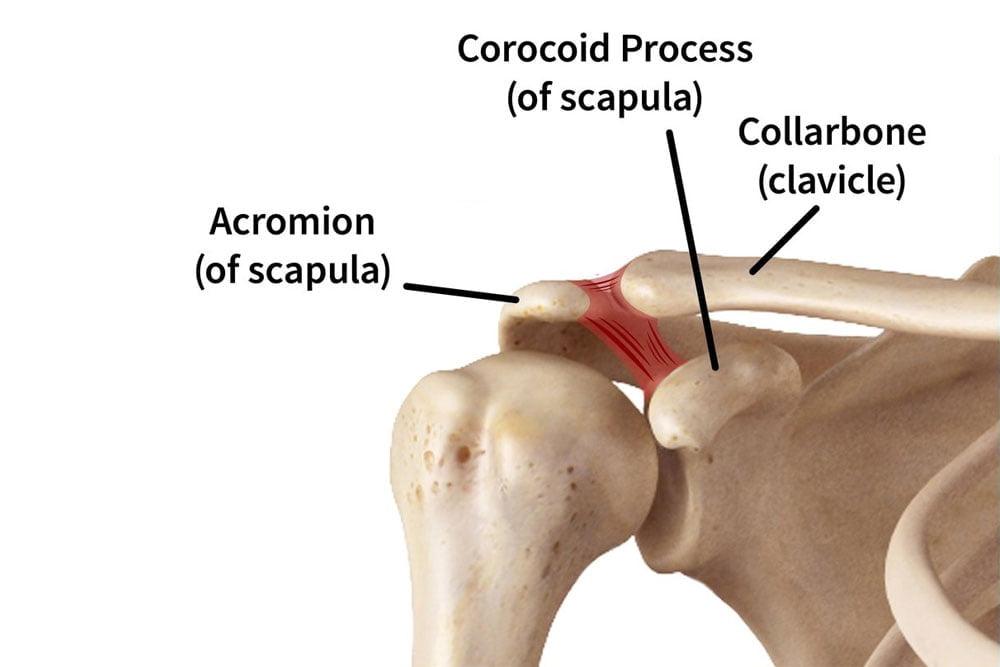 (Хотя шишка со временем уменьшится, после заживления перелома может остаться небольшая шишка.)
(Хотя шишка со временем уменьшится, после заживления перелома может остаться небольшая шишка.)
реклама
Другие симптомы включают:
3
Перелом ключицы (перелом ключицы). Сайт Американской академии хирургов-ортопедов. http://orthoinfo.aaos.org/topic.cfm?topic=a00072 Последнее рассмотрение: январь 2011 г. По состоянию на 11 мая 2016 г.
- Острая боль в момент травмы; пострадавший может чувствовать боль при попытке пошевелить рукой.
- Скованность в плече, которая затрудняет или делает невозможным движение плеча.
- Пораженное плечо провисает вперед или вниз.
- Отек, болезненность и кровоподтеки над ключицей.
- Скрежет при попытке поднять руку.
- Желание прижать больную руку к туловищу, поддерживая ее рукой здоровой руки.
При подозрении на перелом ключицы в результате травматического события могут присутствовать другие повреждения. По возможности прохожим рекомендуется подождать, пока медицинский персонал перенесет пострадавшего.
Иногда у человека со сломанной ключицей также возникает затрудненное дыхание, что может быть признаком повреждения легкого. Повреждения легких связаны с переломами ключицы.
Немедленно обратитесь к врачу при появлении симптомов перелома ключицы.
4
Сломанная ключица. Сайт клиники Мэйо. Опубликовано в октябре 2015 г. http://www.mayoclinic.org/diseases-conditions/broken-collarbone/basics/symptoms/con-20035171. По состоянию на 5 августа 2016 г.
- 1
Самбандам Б., Гупта Р., Кумар С., Майни Л. Перелом дистального конца ключицы: обзор. Дж. Клин, ортопедическая травма. 2014;5(2):65-73. - 2
Слоан А.Г., Хоукрофт Д., Вайкс П.Р. Оперативное лечение медиальных переломов ключицы: Альтернативная хирургическая техника. Травма доп. Отделение травматологии и ортопедии, Королевский госпиталь Болтон, Ланкашир, Великобритания. 2008 г.; 39, 270-272. - 3
Перелом ключицы (перелом ключицы).

 Вам могут дать определенные упражнения для выполнения дома или с физиотерапевтом. Они помогают улучшить силу, гибкость и диапазон движений в поврежденной руке и плече.
Вам могут дать определенные упражнения для выполнения дома или с физиотерапевтом. Они помогают улучшить силу, гибкость и диапазон движений в поврежденной руке и плече.